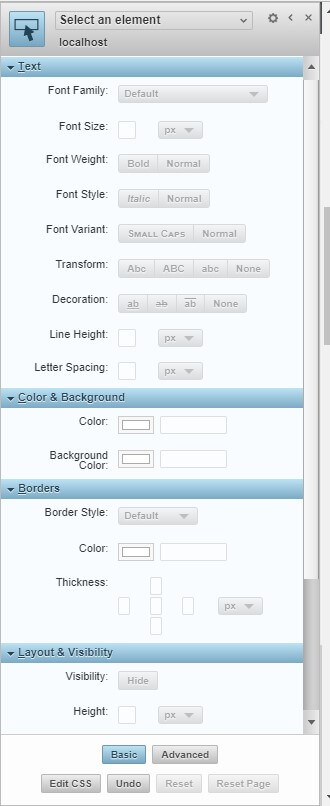A recent thread of discussion on the CRMUG forums about this topic got me thinking – here is my take on the subject.
For the smaller clients with no integration, I think there is value in using the current date in the solution version number so when you export it so that you can easily keep track of which file in your downloads folder is the right one. A quick acknowledgement to @Gus Gonzalez's for making that suggestion. End users can easily comprehend it and it adds value to them. A solution file can have literally anything in it and the (typical) version number does nothing to help you with figuring out what is major/minor/patch or resolving dependencies. By using Gus's technique, the date of the solution is built into the exported file name. By using Gus's technique, you avoid having multiple copies of a file called "SolutionName_1_0_0_0.zip" and trying to figure out which one is relevant. I would argue that for the people creating solutions for small(er) organizations, it is not easy to make the distinction of major vs minor. Can anyone here define how many fields on a form must move before you cross the threshold from a patch to a minor release, or how many business rules must be changed before it becomes a major release?
But for a company that has a staff of developers that depend on integration with other systems and have governance policies, we should consider the benefits to the version number with a traditional approach. For many of my past projects, I have clearly agreed with @Ben Bartle's position because I come at this as a developer. The reason has to do with traditional software development practices: When writing applications that have dependencies on a multitude of libraries (.DLL's), then keeping track of the version number helps you identify whether an update to a library will significantly impact your application. With a DLL it is easy to define what is major, minor or a patch based on best practices.
For a consultant that is configuring systems for many clients, I would recommend that you have the name of the client for the solution name, and put the D365 version in the first two decimal positions of the version number, and date in YYMM.DD format in the last two positions. This makes it easy to tell which version of D365 you exported the solution from (which could be significant if the development area is not in sync with staging and production) and the date it was exported.
To bring this point back into context of this discussion, when you modify a D365 solution and then promote it to production, you are actually updating the API endpoints. Consider what happens when you alter the behavior of workflows, deprecate entities/fields, or make the field length shorter. When you promote that solution into production, you run the risk that integration code will break.
Personally, I have been putting the date in the solution's Information/Description field. While this is not as pretty as using the version number as a proxy for a date, it serves it purpose because you can see the solution description gets updated in the production system. The only downside with that approach is that you have to either import the solution file to see the description containing the date, or rip apart the zipped solution file and read the XML files.
With respect to keeping track of whether the solution file contains a major/minor/patch to a system, that is something everyone should be documenting anyway regardless of whether you go with Gus or Ben's recommendation. By keeping a log of changes and/or implementing a full version control system between development/staging/production, you must be communicating your changes to your testing staff or your end users, no matter how small the change is. If users detect a change that you were not in control of, they might think the system is unstable, and they will lose confidence in your system.





